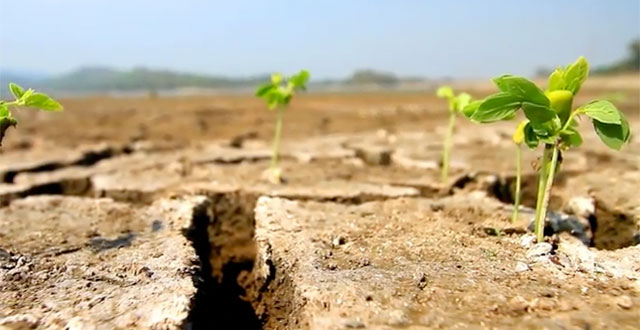This week, NASA published its most robust study of drought prediction — and the news isn’t good. Within the next century, the American southwest, and more regions across the world, could experience landscape-altering megadroughts due to rising carbon emissions and global warming.
Unlike other scenarios when “mega” is a prefix indicating something awesome, like a Mega Bowl or Megatron, this is definitely not the case here. NASA climate scientist Ben Cook explains bluntly why we should be very, very concerned.
“Recent droughts, like the ongoing drought in California and the southwest and historical droughts like the Dust Bowl in the 1930s, these are naturally occurring droughts that typically last several years or sometimes almost a decade. In our projections with climate change, what we’re seeing is that these droughts could last 20, 30, or even 40 years, even exceeding the duration of the long-term, intense megadroughts that characterised the really arid time period known as Medieval climate anomaly.”
So these possible water-deficient nightmares are redefining the historical meaning of the word “megadrought.”
So how far up shit creek are we? Well, even if we were able to stop greenhouse gases from increasing by 2050, we’d still be looking at 60 per cent likeliness of a megadrought. If we continue in our fossil fuel-burning ways, the odds increase to 80 per cent. NASA came up with these numbers by analysing a drought severity index from 1,000 years of tree-ring data and soil moisture data sets from over a dozen climate models, and arrived at carbon dioxide concentration anywhere between 1370 and 650 parts per million.
The effect would essentially be a double whammy of water scarcity. Rainfall would take a severe hit and increased temperatures mean more moisture would be sucked out of the soil.
We’ve known for a while now that California’s with an equally grim conclusion — climate change is irreversible.
That team called on political leaders to completely eliminate fossil fuel dependency, or at the very least have ubiquitous carbon capture systems in place by 2100. Even if the world is able to meet that deadline (and that is a big “if”), it’s not going to help us much in the short term, so an intense megadrought seems unavoidable. [NASA]
